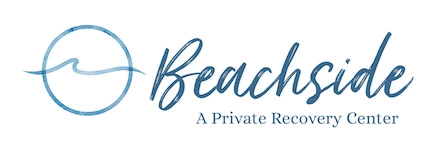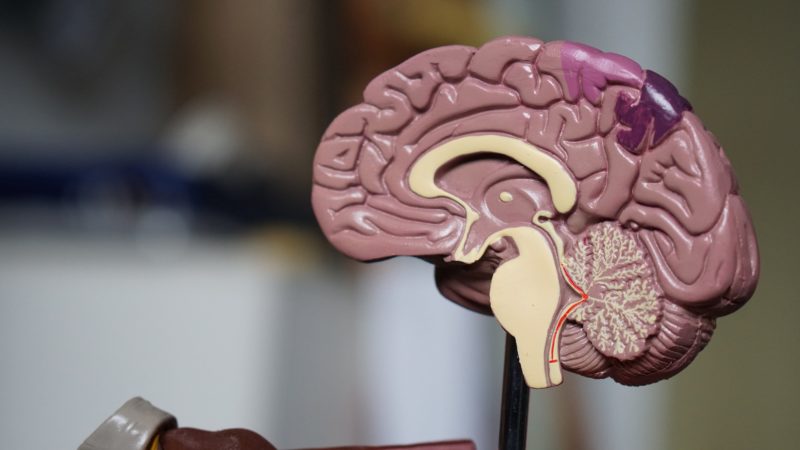Many people who struggle with alcohol or drug addiction may experience a sense of shame or embarrassment stemming from the myth that a character flaw or moral failing is responsible for their substance dependence. It may help them in their recovery to learn that addiction is a disease, similar to physical illnesses such as heart disease or asthma. The encouraging news is that like other diseases, addiction is preventable and treatable.
The National Institute on Drug Abuse (NIDA), the lead federal agency supporting scientific research on drug use and addiction, defines drug addiction as “a chronic, relapsing disorder characterized by compulsive drug seeking and use despite adverse consequences.” In its publication, “Drugs, Brains, and Behavior: The Science of Addiction,” NIDA reports that drug addiction is considered a brain disorder involving functional changes to brain circuits related to reward, stress, and self-control.
Left untreated, addictions can worsen and even lead to death. The most recent figures from the CDC show a surge in drug overdose deaths to over 100,000 annually, while NIDA reports that alcohol abuse contributes to more than 90,000 annual deaths. To lessen these tragic outcomes, researchers are working hard to gain insights into how best to prevent substance abuse and to treat those who need help in overcoming their addictions.
Scientific Advancements
Scientists began studying addictive behaviors in the 1930s and in the ensuing decades have made groundbreaking discoveries about the brain that have helped increase our shared understanding of addiction. Brain-imaging studies of people with addictions show physical changes in areas of the brain that are critical to judgment, decision-making, learning, memory, and behavior control, which explain why addictions persist.
Teens and adolescents are particularly vulnerable to addiction because their prefrontal cortex, which plays a central role in cognitive control functions, is not yet fully developed. Introducing drugs during this crucial developmental stage may cause the brain to change in ways that have long-lasting consequences.
As part of NIDA’s groundbreaking Adolescent Brain Cognitive Development (ABCD) Study, scientists are using cutting-edge imaging technology to study the effects that drug use have on the developing brain. By also studying environmental, social, behavioral, genetic, and other biological factors, NIDA hopes to gain crucial insights into the foundational aspects of adolescence that shape a young person’s future.
Risk Factors
Researchers have identified several biological and environmental risk factors that lead to the development and progression of substance abuse disorders. The more risk factors that are present, the more likely the person is to have an addiction. Fortunately, risk factors can be offset by corresponding protective factors. NIDA identifies these risk and protective factors as follows:
In assessing biological risk factors, scientists are looking more closely at epigenetics, an emerging area of research that assesses the effect that environmental factors have on a person’s genetic expression. Researchers estimate that genes, when including epigenetics, account for between 40-60% of a person’s risk of addiction.
Environmental factors related to home, school, and the community also impact the risk for substance abuse. Children who live in a home where parents or older family members have a substance abuse problem are much more likely to develop an addiction. Similarly, teens who hang out at school with other kids who use alcohol or live in a neighborhood where drug abuse is rampant are at greater risk of developing these problems as well.
Programs that Help
Scientific research has been integral to the development of programs that are working to reduce or eliminate risk factors for drug use while also boosting protective factors. NIDA offers several programs aimed at helping children during their most vulnerable time of development, including Principles of Substance Abuse Prevention for Early Childhood: A Research-Based Guide, which focuses on reducing risk factors in the early years of childhood (prenatal through age 8), and Preventing Drug Use among Children and Adolescents: A Research-Based Guide for Parents, Educators, and Community Leaders, offering help for school-age children.
For adults, NIDA reports that the most effective programs use research-based methods that take a three-pronged approach to recovery: treating withdrawal, staying in treatment, and preventing relapse.
NIDA cautions that there is no “cure” for drug addiction. However, addiction can be successfully managed. As NIDA concludes, the best treatment programs enable individuals to counteract the disruptive effects from the addiction on their brain and behavior, giving them the best chance to regain control of their lives.
Turn to the compassionate professionals at Beachside Rehab to learn about programs to treat your alcohol or drug addiction. Contact our trained admissions counselors at 866-349-1770 to learn more.


